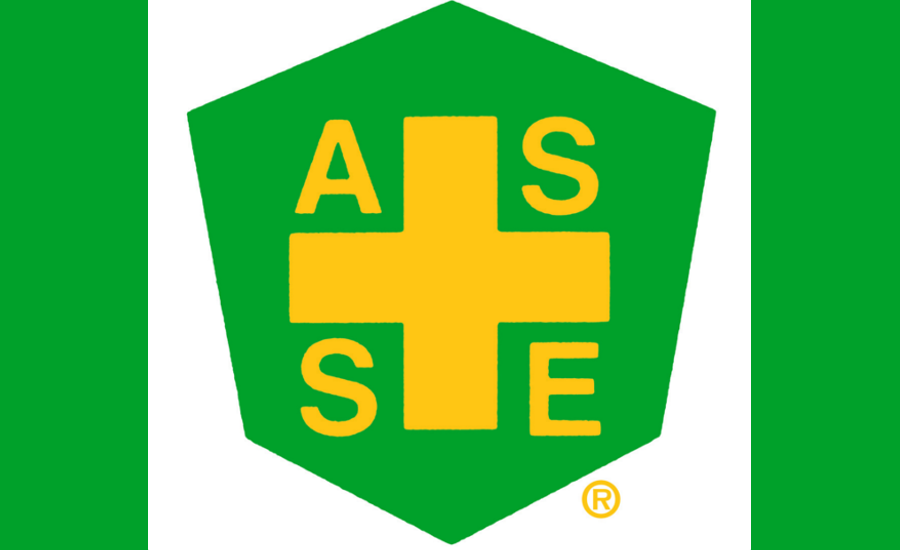Latinos are the largest minority group in the U.S., and statistics show that only Mexico has a higher number of Latinos. Latinos now comprise 17% of the population, a figure expected to grow to 31% by 2060, according the U.S. Census Bureau. This increase will have significant demographic and business implications.
According to IHS Economics, Latinos are a younger and faster growing segment of the workforce. With high immigration rates continuing and baby boomers retiring, the growth of Latinos in the workforce will likely accelerate over the next few years. IHS predicts that this influx of human capital from places like Mexico, Central America and South America will stimulate increased investment in the U.S. and improve productivity.
But at what cost? The May 2015 report by ASSE and NIOSH showed that Latino immigrant workers have a higher risk of on-the-job injuries and illnesses than do their U.S.-born counterparts, a fact that is often attributed to factors such as language barriers, fear of reprisals and limited understanding of safety regulations. And young Latino immigrants often work for small businesses that do not have mature safety programs and processes, which further increases their risk of occupational injury.
The report concentrates on three populations: 1) Latino immigrants (born in Latin America, live in the U.S.); 2) small business employees (firms with fewer than 20 workers); and 3) young workers (under age 25). For workers who fall in all three categories, such as young immigrants in small construction firms, the combination of risk factors is pronounced. We call this effect “overlapping vulnerabilities” and it is threatening a generation of young immigrants who have come to the U.S. for a better quality of life. This should be a wake-up call for our profession.
To address this issue, ASSE is working with Center for Construction Research and Training (CPWR) and other groups to better understand the underlying causes and contributing factors. ASSE is developing a survey for small construction companies that employ immigrants. In addition, we are working with other organizations to evaluate current OSH practices in construction. This information will help OSH professionals design and implement effective interventions and sustainable processes.
Latinos have also changed the makeup of ASSE’s membership base and we have responded with various outreach activities. This includes translating Professional Safety articles and ANSI standards (Z390.1 and Z359.1); developing a Spanish website and LinkedIn page; providing Spanish sessions at our annual conference; and creating the Safety Professionals & the Latino Workforce Common Interest Group. And thanks to ASSE members such as Rixio Medina and Diana Cortez, we have forged valuable relationships through events in Latin America.
But this is only a start. To fully leverage the increasing diversity within ASSE, we must make our products and services more culturally suitable, bring more Latino viewpoints into the Society’s leadership and strengthen our relations with the Latino community, both inside and outside the U.S.
To that end, we recently attended a conference in Querétaro, Mexico. This helped us better understand that market and allowed us to meet some ASSE members in Mexico. We were able to hear directly from OSH professionals representing transnational companies in Mexico about their challenges, and identify opportunities that ASSE has in this region. We shared ideas on how ASSE can support local efforts to strengthen the profession, which clearly resonates with our global mission.
While OSH professionals in Latin America face the same challenges as do other safety professionals around the globe, the way we help solve their issues will look and feel different. There is no one-size-fits-all solution that works for all cultures. For example, Latinos do not volunteer in the traditional patterns that we are accustomed to in the U.S. Instead, volunteerism is usually seen as a church or family affair. We have also found that the traditional chapter model holds little appeal in Latin America and that it is not a reliable forum for providing effective networking and professional development. Thus, to help our members in Latin America succeed, we must provide more relevant offerings.
Latinos are prominent players in today’s society. We must continue to develop personal relationships and build trust with them and the communities in which they live, work and play. Only then can we fully recognize the global mission and goals of our great profession.



